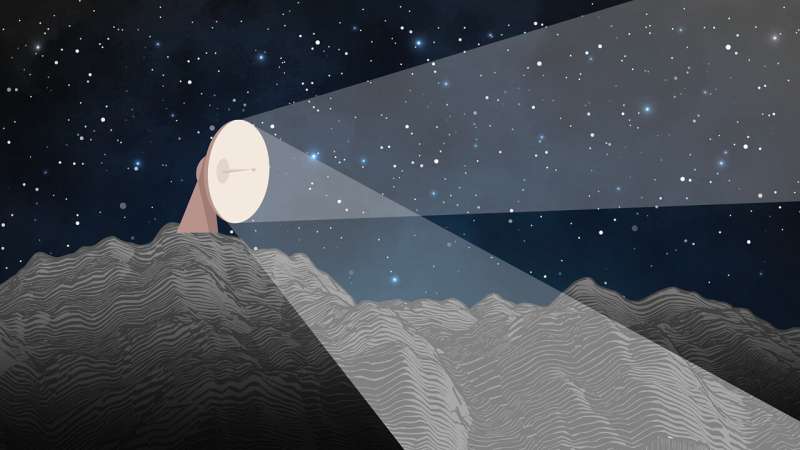
Near the moon’s south pole lies a 13-mile wide, 2.5-mile-deep crater known as Shackleton, named for Antarctic explorer Ernest Shackleton. Shackleton—and craters like it—may contain untapped resources that can be accessed with lunar mining.
Solar energy is the optimal energy source to power lunar mining since it does not need to be transported from Earth, but rather is beamed straight from the sun. The problem with using solar energy within craters is that even during the lunar day, some craters may be in complete shadow.
Led by Dr. Darren Hartl, an associate professor of aerospace engineering at Texas A&M University, researchers at Texas A&M have partnered with NASA Langley Research Center to engineer a solution using solar reflectors to get solar power to the bottom of lunar craters.
“If you perch a reflector on the rim of a crater, and you have a collector at the center of the crater that receives light from the sun, you are able to harness the solar energy,” said Hartl. “So, in a way, you’re bending light from the sun down into the crater.”
This research is still in the early stages, with researchers using computer modeling systems to engineer different designs for the reflector. Models show that a parabolic shape is optimal for maximizing the amount of light reflected at the bottom of the craters.
One of the main engineering challenges Hartl and his team face is the cargo restraints of space missions. The goal is to create a reflector compact enough for space travel and large enough to serve as an effective reflector.
To meet both of these requirements, researchers are using a self-morphing material developed by Hartl and other Texas A&M engineers.
“During space missions, astronauts may need to deploy a large parabolic reflector from a relatively small and light landing system. That’s where we come in,” said Hartl. “We are looking at using shape memory materials that will change the shape of the reflector in response to system temperature changes.”
In addition to partnering with NASA Langley Research Center, Hartl and his team of graduate researchers are also working with Texas A&M undergraduate students on this project.
Citation:
Shining a light on untapped lunar resources (2024, May 6)
retrieved 6 May 2024
from https://phys.org/news/2024-05-untapped-lunar-resources.html
This document is subject to copyright. Apart from any fair dealing for the purpose of private study or research, no
part may be reproduced without the written permission. The content is provided for information purposes only.







